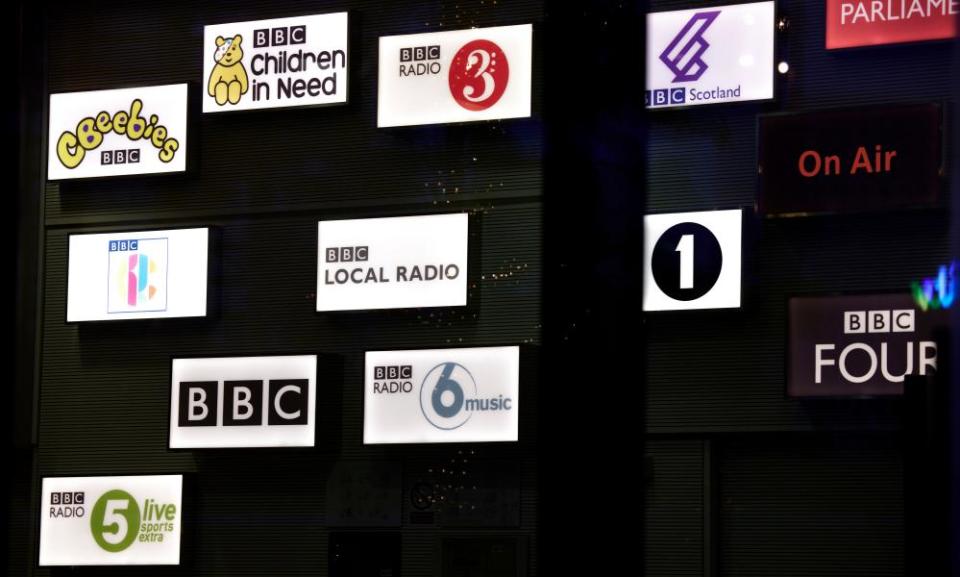Radio listening figures will be a reckoning for entire UK industry

When Rupert Murdoch launched Times Radio last summer, he was making an ambitious and expensive attempt to win over listeners from BBC Radio 4 and 5Live. But almost 18 months later, none of the staff, the public or the many politicians who appear on the talk radio station really know whether anyone is actually listening.
That will change on Wednesday morning, when all UK radio stations will receive the first industry-wide listening figures gathered since March 2020. It will be a moment of reckoning, not just for Murdoch’s new station, but for the wider British radio industry – which will be looking to see whether the pandemic has radically changed the public’s listening habits.
“Over half a billion pounds of advertising rests on this data,” said Matt Deegan of the radio consultancy Folder Media, referring to the size of the UK commercial radio sector. He will be among those waiting to see how his stations have performed.
The industry is full of speculation about what the audience figures – collected by the research agency Rajar – will reveal: Will Radio 2’s Zoë Ball and other breakfast show hosts find their audiences have vanished because people are working from home rather than listening in their cars while commuting? Has the growth of the podcast market hit the number of younger people listening to radio? And, if people have replaced their radio sets with one of Amazon’s Alexa-driven smart speakers, does that mean their old listening habits are broken?
Times Radio’s management is playing a game of expectation management, briefing that they would be delighted if the figures show the station reaching about 500,000 listeners a week – which is judged as essentially anyone who listens for a few minutes. This is much smaller than the enormous 11 million Britons who listened to Radio 4 at the time of the previous figures.
Regardless of the result, the station’s bosses are continuing to put money into the outlet, and this week poached the business journalist Dominic O’Connell from Radio 4’s Today programme to bolster their lineup. Times Radio’s unusual business model – where it is partly counted as a marketing cost by Murdoch’s News UK to promote paid subscriptions to the Times – has meant it can survive making a loss for now, but it will still need to prove its worth.
While live television viewing figures are counted using monitoring boxes attached to thousands of British television sets, radio figures in the UK are conducted using a “diary” method, where people are approached and asked to keep a record – either online or on paper – of their listening in 15-minute segments over a week. This means that whole careers can be made if enough members of the public retrospectively remember what they were listening to when they come to fill out the form.
Because so much of the recruitment for the tens of thousands of people who took place in the panel was done face-to-face, it had to be completely abandoned when the pandemic struck. As the attempts to collect data restart, some people will be asked for the first time to install a mobile phone app that checks background noise on a regular basis to see if it is a radio station.
Deegan said this could reward stations that attract passive listeners: “If you’re in a chip shop and they’ve got Heart on, then it’ll pick up that you’re listening to Heart.”

 Yahoo Movies
Yahoo Movies 